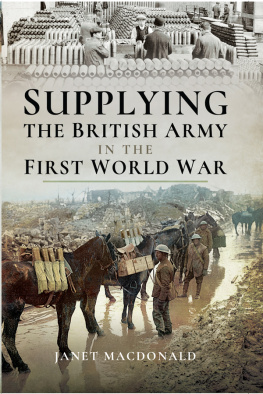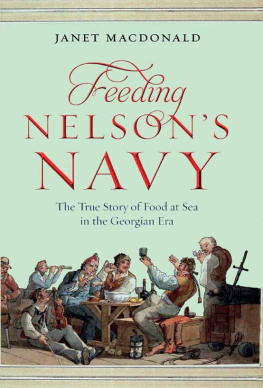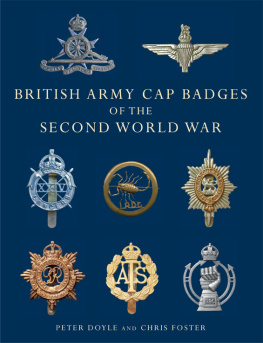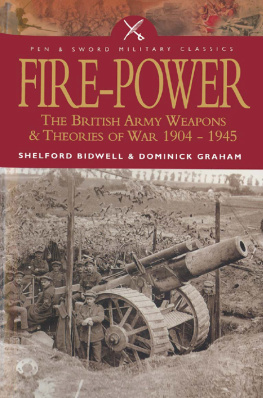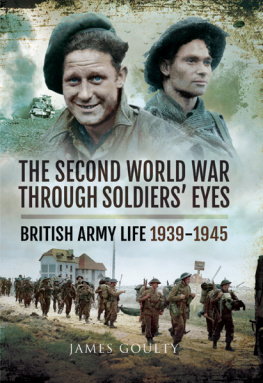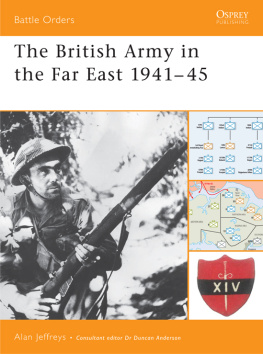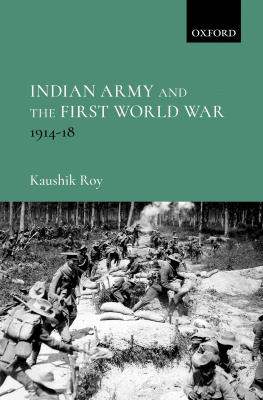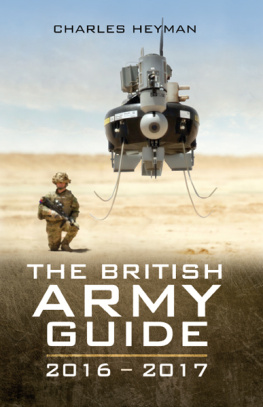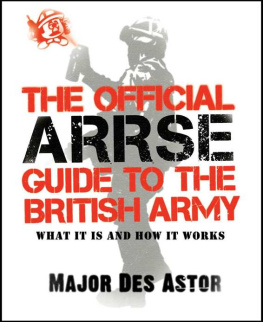Pagebreaks of the print version

Supplying the British Army in the First World War
Supplying the British Army in the First World War
Janet Macdonald

First published in Great Britain in 2019 by
PEN & SWORD MILITARY
An imprint of Pen & Sword Books Ltd
Yorkshire Philadelphia
Copyright Janet Macdonald, 2019
ISBN 978-1-52672-537-0
eISBN 978-1-52672-538-7
Mobi ISBN 978-1-52672-539-4
The right of Janet Macdonald to be identified as the author of this work has been asserted by her in accordance with the Copyright, Designs and Patents Act 1988.
A CIP catalogue record for this book is available from the British Library.
All rights reserved. No part of this book may be reproduced or transmitted in any form or by any means, electronic or mechanical including photocopying, recording or by any information storage and retrieval system, without permission from the Publisher in writing.
Pen & Sword Books Ltd incorporates the Imprints of Aviation, Atlas, Family History, Fiction, Maritime, Military, Discovery, Politics, History, Archaeology, Select, Wharncliffe Local History, Wharncliffe True Crime, Military Classics, Wharncliffe Transport, Leo Cooper, The Praetorian Press, Remember When, White Owl, Seaforth Publishing and Frontline Publishing.
For a complete list of Pen & Sword titles please contact
PEN & SWORD BOOKS LTD
47 Church Street, Barnsley, South Yorkshire, S70 2AS, England
E-mail:
Website: www.pen-and-sword.co.uk
or
PEN & SWORD BOOKS
1950 Lawrence Rd, Havertown, PA 19083, USA
E-mail:
Website: www.penandswordbooks.com
Dedication
This one is for Mick Crumplin, who provided most of the illustrations from his personal collection.
When Honour is divided, and victory is won, Dont think the only hero is the man behind the gun,...
(Start of a poem written by a local baker working with the ASC, Holmforth Express , 1916)
List of Plates
Armoured cars and transport camels.
A British motor company at Salonika.
British troops embarking onto French motor transport.
A busy field kitchen.
A camel supply train at Kut.
A canteen wagon.
A casualty evacuation barge at Gallipoli.
Clothing being fumigated at Gallipoli.
A convoy of motor transport.
Cooks with Soyer stoves.
A French provision train.
French ammunition pack mules.
A French wire-cutting automobile.
A Holt tractor pulling heavy ordnance.
Horses at Gallipoli.
Horse barges at Gallipoli.
A horse-drawn ambulance.
A Kegnesse half-track, using a flexible belt instead of metal segments.
L beach at Gallipoli.
A Dennis lorry.
A mobile pigeon loft.
A recruitment advertisement for ASC drivers.
An advertisement for Pratts Motor Spirit.
A repair lorry with lathes, etc.
Troops in Flanders boarding omnibuses.
Unloading supplies at a railhead.
A troop convoy.
Women mechanics at a Womens Volunteer Reserve garage.
Wounded men waiting for transport.
Loading a hospital barge.
Camels carrying wounded men in cacolets.
Dead mens effects.
A refreshment stall near Bazentin on the Somme.
Sand mats being used to extract a lorry from the mud.
A food convoy in Mesopotamia.
Donkey transport in the Middle East.
A Rolls Royce converted to an armoured gun carrier.
A supply dump.
A train-load of British Army barbed wire.
Authors Note
The terms wagon, truck and lorry tend to be used indiscriminately throughout the sources. To avoid confusion, I have used wagon to mean a horse-drawn vehicle, truck to mean a railway vehicle, and lorry to mean a mechanical road vehicle.
Acknowledgements
My thanks for assistance to: Ian Radford, Neil Llewellyn, Aubrey Bowden, Charles Webb, Charles Griffen, John and Joyce Dudeney, Andy Spatcher, John Norris, Paul Strong, Mick Crumplin, and the staff at the National Archives, the Prince Consorts Library, the Royal Army Medical Corps Museum, the Royal Logistics Corps Museum, and the library at the Royal Military Academy at Sandhurst. And, as always, my husband Ken Maxwell-Jones for driving, photography, proof-reading and making the excellent coffee that keeps me going.
Glossary
Buffers devices at the end of a railway line, or part of the recoil mechanism of a gun, used to soften the impact.
Case goods small items of groceries packed in cases.
Combing of wool, separating the fibres into straight lines, using a comb.
Creosol disinfectant liquid.
Fascine a brushwood bundle used to fill ditches or shore up the sides of a trench.
Gabion a wickerwork or wire cage, filled with stones, used to build temporary fortifications.
Governor a device used to limit the speed of vehicles.
Jib of a horse, to balk or shy.
Kip leather made from the skin of a young animal, and thus soft.
Lumber felled trees.
Maltese cart basically just a flat platform between two large wheels.
Rocade a railway line which connects two other parallel lines.
Sponsons side pieces of early tanks.
Tack equine equipment such as saddles and bridles.
Timber standing trees.
Travois a primitive weight carrier. Dragged by a horse, it consisted of two poles, one each side of the horse, connected at the far end, with the package on top.
Tumplines lines from a backpack that cross the forehead.
PART I
THE WESTERN FRONT
The area known as the Western Front covered Northern France and Flanders, and was the location where much of the action during the First World War took place, and where the greatest number of British troops were situated.
Of the total of 8,700,000 men who served at some time during the war, 5,400,000 (62 per cent) served on the Western Front.
Introduction
No matter how brave the soldier, he cannot win a war on courage alone. He needs weapons, clothing and food, and leadership that understands the importance of these things. In the First World War, this leadership was not always available. Apart from a conviction that Itll all be over by Christmas, which reached from the government all the way down to the man in the street, the administration of supply had never had a high priority in the military, and it was not until well into the war that this attitude changed.
Not expecting the conflict to be prolonged or widespread, the government had paid insufficient attention to forward planning and it took numerous complaints of shortages from the field to rectify this omission. The first step towards doing this was to appoint an Inspector General of Communications, with the responsibility for keeping track of the day-to-day location of supplies, and ensuring that once they had arrived at the main bases, they were speedily shipped up the line to the front. But this was a little late in the chain.
To a large extent the problem started at home. The sequence of events was this: the manufacturers of the desired items of materiel produced and delivered to the orders of the Ordnance Department and the Quartermaster General. The goods then moved to the ports and across the Channel to the bases in France and Belgium and then on to the front. Although this seems straightforward, problems occurred at every stage. Since the UK relies on imports for most of its raw materials, a war inevitably meant shortages of the materials needed to manufacture supplies for the army, not least of those required for the production of explosives.

